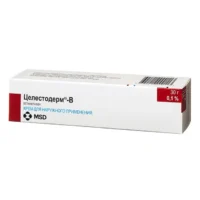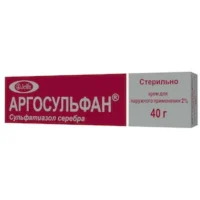Description
Eczifin (Terbinafine) Gel 1% 15 g. Tube №1
Ingredients:
Each 1% of Terbinafine gel contains Terbinafine Hydrochloride as the active ingredient.
Mechanism of Action:
Terbinafine, the active ingredient in Eczifin gel, interferes with the synthesis of ergosterol, a crucial component of fungal cell membranes. This disruption leads to the weakening and eventual death of the fungi, effectively treating the infection.
Pharmacological Properties:
Terbinafine, a synthetic allylamine antifungal agent, exhibits fungicidal activity against a broad spectrum of dermatophytes, molds, and certain yeasts.
Indications for Use:
Eczifin gel is indicated for the treatment of fungal skin infections such as athlete’s foot, jock itch, and ringworm.
Contraindications:
Do not use Eczifin gel if you are allergic to Terbinafine or any other ingredients in the gel.
Side Effects:
Common side effects may include skin irritation, redness, or itching at the application site. Consult your healthcare provider if any adverse reactions occur.
Usage Instructions:
Apply a thin layer of the gel to the affected area once or twice daily as directed by your healthcare provider. Clean and dry the affected area before application. Wash hands after use and avoid contact with eyes, mouth, and mucous membranes.
Benefits Compared to Analogues:
Eczifin gel offers the advantage of targeted antifungal action with a convenient topical application, providing effective treatment while minimizing systemic exposure and potential side effects associated with oral antifungal medications.
Suitable Patient Groups:
Eczifin gel is suitable for use in adults, including the elderly, and adolescents for the treatment of fungal skin infections. Consult a healthcare provider for appropriate use in children.
Storage Conditions and Shelf Life:
Store Eczifin gel at room temperature away from moisture and heat. Keep the tube tightly closed. Check the expiration date on the packaging and do not use the product if expired.
Packaging Description:
Eczifin gel is available in a 15 g tube for topical application. The packaging is designed to maintain the stability and integrity of the product throughout its shelf life.
Scientific Evidence:
Eczifin gel containing Terbinafine has shown significant efficacy in treating fungal skin infections. Studies have demonstrated the antifungal properties of Terbinafine, inhibiting the growth of fungi by disrupting their cell membranes.





